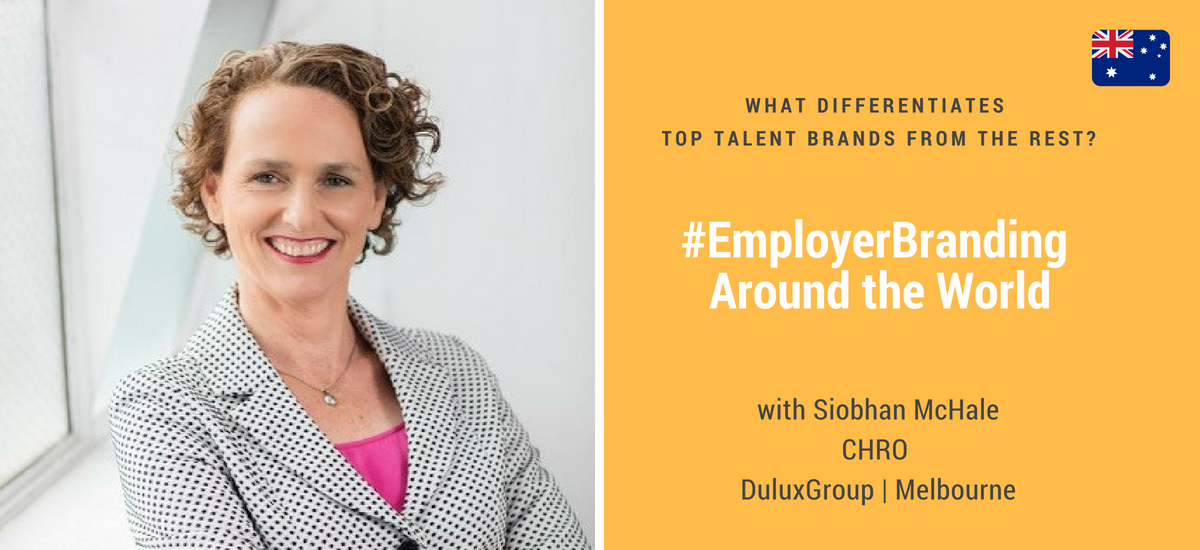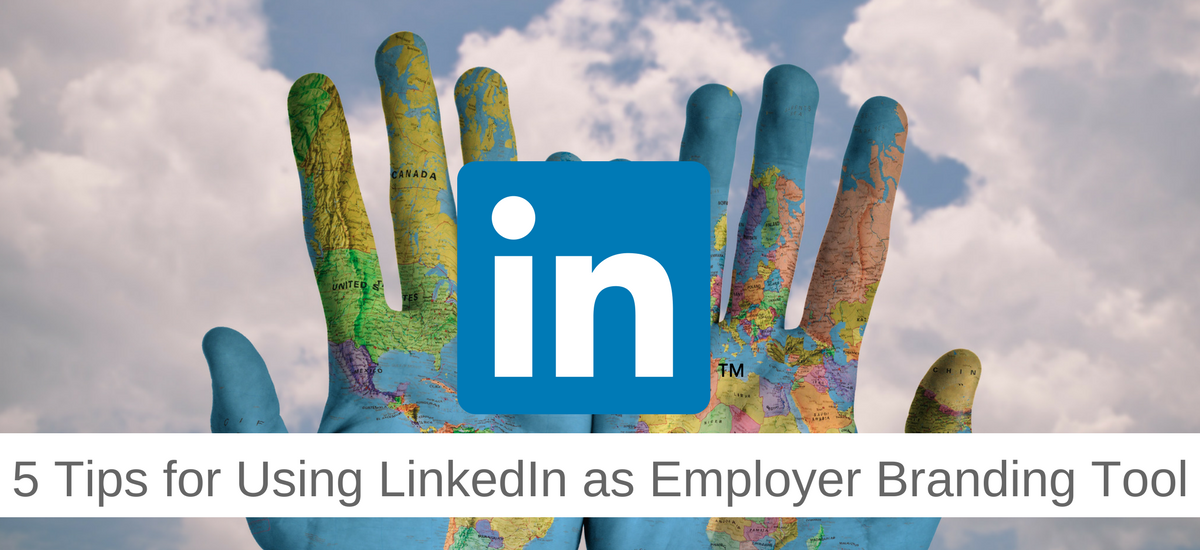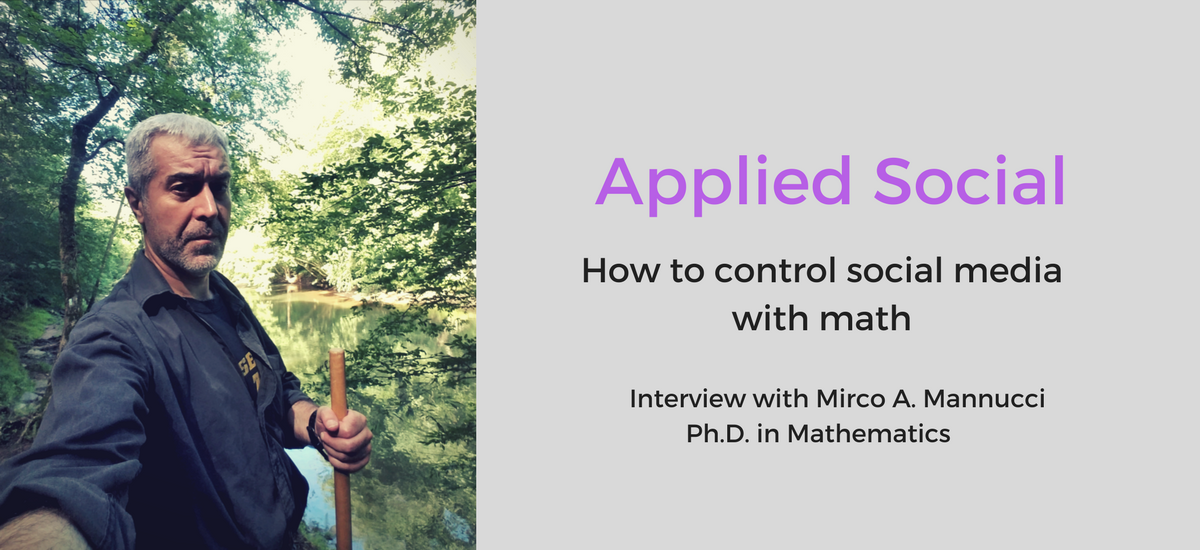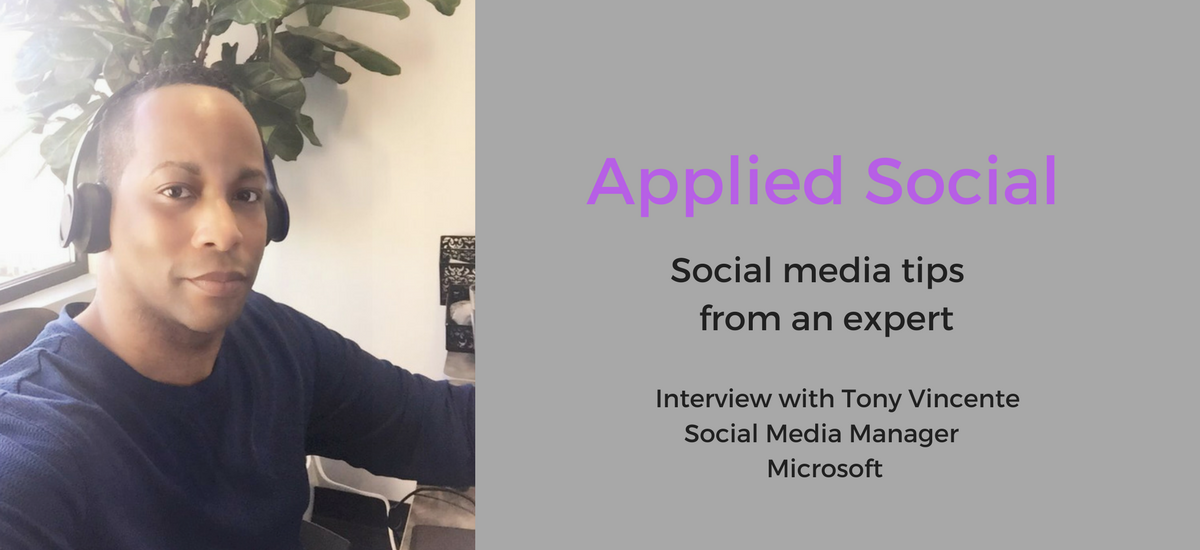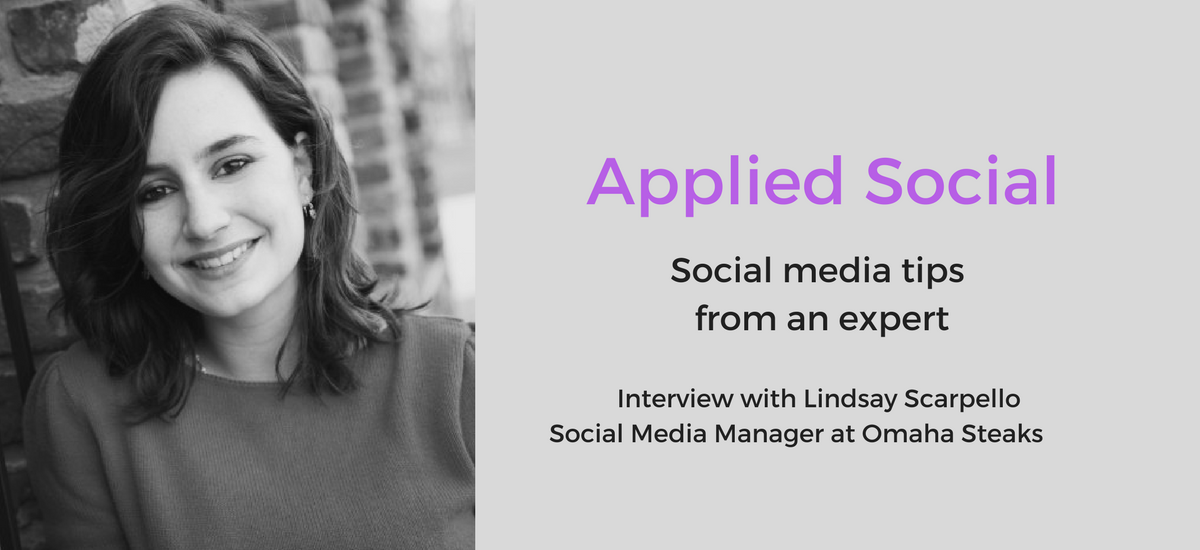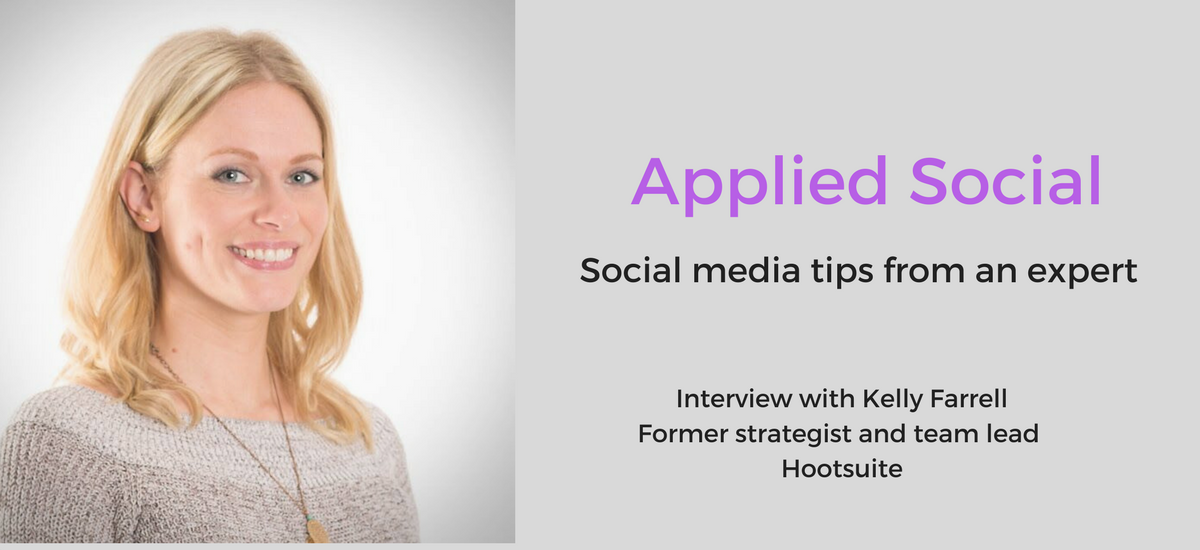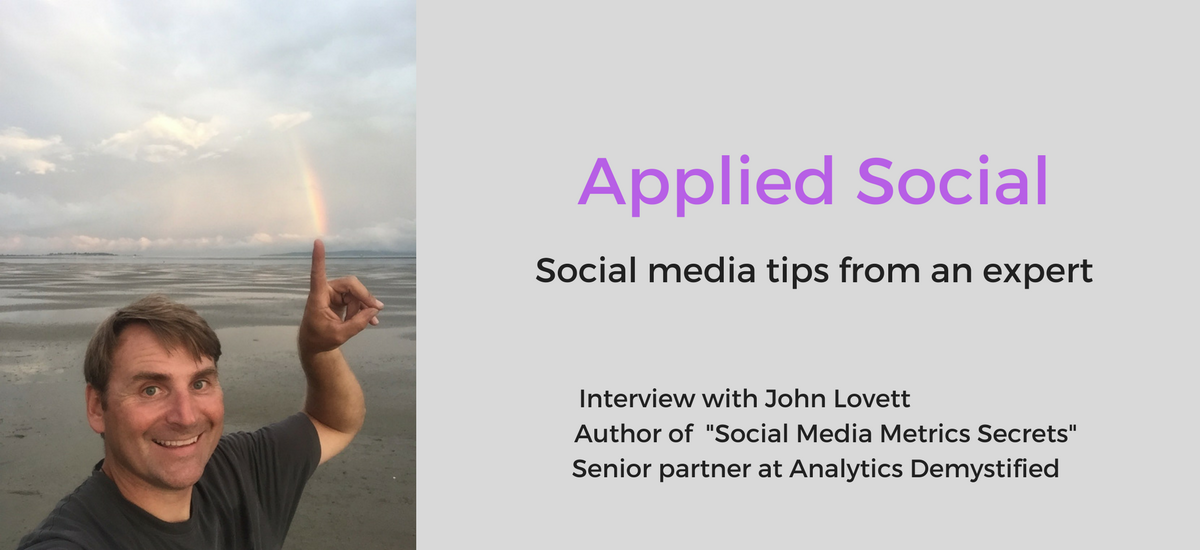Human Resources, Leadership, Modern Career, Talent Branding
Employer Branding Around the World with Siobhan McHale.
Siobhan, can you tell us more about yourself and your job?
I’m a culture change specialist with a vision to make workplaces better. I’m employed as the Head of Human Resources at DuluxGroup – a successful, growing international consumer goods company based in Melbourne, where my focus in on creating a more consumer-oriented and growth focused culture.
I trained as an organizational psychologist and hold a BA in Psychology and a Masters degree in Occupational Psychology from University of Sheffield, England. I began my career as a management consultant at PricewaterHouse Coopers in London where I crisscrossed Europe helping clients create successful culture transformations. In this role I advised leaders across four continents about how to create more vibrant and productive work environments.
In 1994 I grew tired of the long, wet English winters and moved to Australia, where I continued my work as a change advisor with Accenture.
After a decade as a consultant I wanted to put some “skin in the game” and decided to test all that I had learned in an actual corporate setting. I was employed as the executive in charge of change in a series of large, complex organizations. In these workplaces I was no longer operating as an outsider but actually getting my hands dirty working in the challenging and often messy trenches of transformation. These “insider” positions gave me a markedly different perspective on workplace change.
 You have an impressive a track record of creating more engaged businesses across four continents. What is the connection between engaged employees and a strong talent brand?
You have an impressive a track record of creating more engaged businesses across four continents. What is the connection between engaged employees and a strong talent brand?
I worked at Accenture which is one of the biggest consulting firms in the world. Within 3 months of joining I had moved countries from Australia to New Zealand and was working in the retail sector, which was completely new to me. I was on an accelerated learning curve but my experience in the consulting firm was completely aligned with the promise that I had been ‘sold’ when I interviewed for the job. I was told by the partners that I was entering a fast-paced, stretch culture where I was expected to be agile. I was not surprised when, three months after I had joined, I was asked to move countries.
The important thing with your employer brand is that it is congruent with the ‘deal’ that you are espousing to employees. When there is misalignment between the promise and the deal, then that’s when you get noise. So, for instance, if you are telling people that they can expect a highly engaged workplace and you don’t deliver on this promise then employees will be disappointed when they enter your firm. The clearer you can be about the expectations and the closer you can deliver to these, the better.
DuluxGroup has a quite unusual Brand Ambassador. Can you tell us more about him?
Yes, our brand ambassador is an Old English Sheepdog called Digby. Our employees love Digby and he shows up to staff events where there is typically a queue to get a photo taken with him. The dog was first introduced in advertising campaigns in 1961. Since then the sheepdog has been a constant and highly popular feature of Dulux television and print adverts wherever the paint is sold. So much so, that many people in those markets refer to the breed as a ‘Dulux dog’ rather than a sheepdog. Over the years, different dogs have appeared in the adverts. However, they all look very similar and Fernville Lord Digby, was the most famous Dulux dog.
Consulting, Digital Marketing, Digital Trends, Human Resources, Leadership
5 Tips for Using LinkedIn as Employer Branding Tool.
LinkedIn is not only a powerful tool that modern recruiters use to source candidates, but also an emergent employer branding platform that many companies have started to appreciate.
Read on to learn how the recruiters, HR and employer branding specialists from the different parts of the world generate stronger candidates’ pipelines by using content marketing and storytelling.
1.Introduce Social Media / LinkedIn Training
Did you know that employees have 10 times more connections on average than a company has followers? To leverage your employees personal brand and network introduce Social Media / LinkedIn training.
For example, Dell’s HR strategy including social media training resulted in higher quality hires, lower turnover and better engagement rates for Dell.
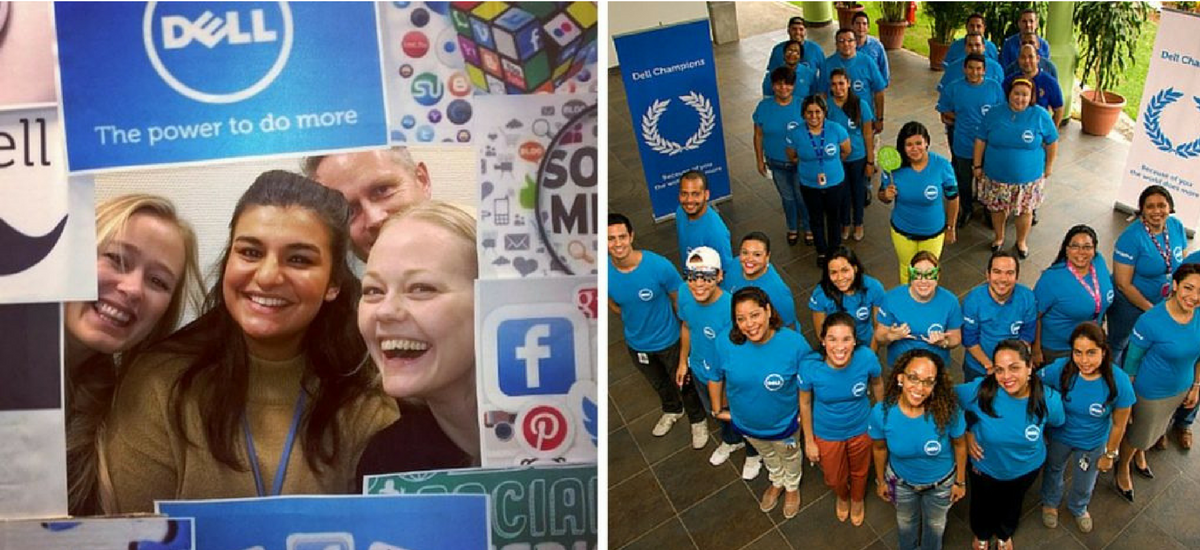 “We have trained to date over 16,000 employees! We also train our summer interns as part of their development and introduction to Dell. The biggest success is the ongoing focus on the program including monthly power hours by topic (how to deal with trolls, what is the deal with SnapChat, etc.) as well as the revisiting and updating of the content. The opportunity we have is to continue to have executives model this activity and behaviour.” – says Jennifer Jones Newbill, Senior Manager, Global Candidate Attraction, Engagement and Experience at Dell.
“We have trained to date over 16,000 employees! We also train our summer interns as part of their development and introduction to Dell. The biggest success is the ongoing focus on the program including monthly power hours by topic (how to deal with trolls, what is the deal with SnapChat, etc.) as well as the revisiting and updating of the content. The opportunity we have is to continue to have executives model this activity and behaviour.” – says Jennifer Jones Newbill, Senior Manager, Global Candidate Attraction, Engagement and Experience at Dell.
Click HERE to read our case study About social media and recruiting with Jennifer Jones Newbill from Dell.
2. Empower your employees to tell the story about the company
Of course, they need to love their work in a first place, and the post should come from them, you cannot simply order a praising article. Readers will only spend their precious time on reading and sharing authentic stories. Pay attention to employees who already blog or vlog. Often those who relocate will be interested in documenting they journey.
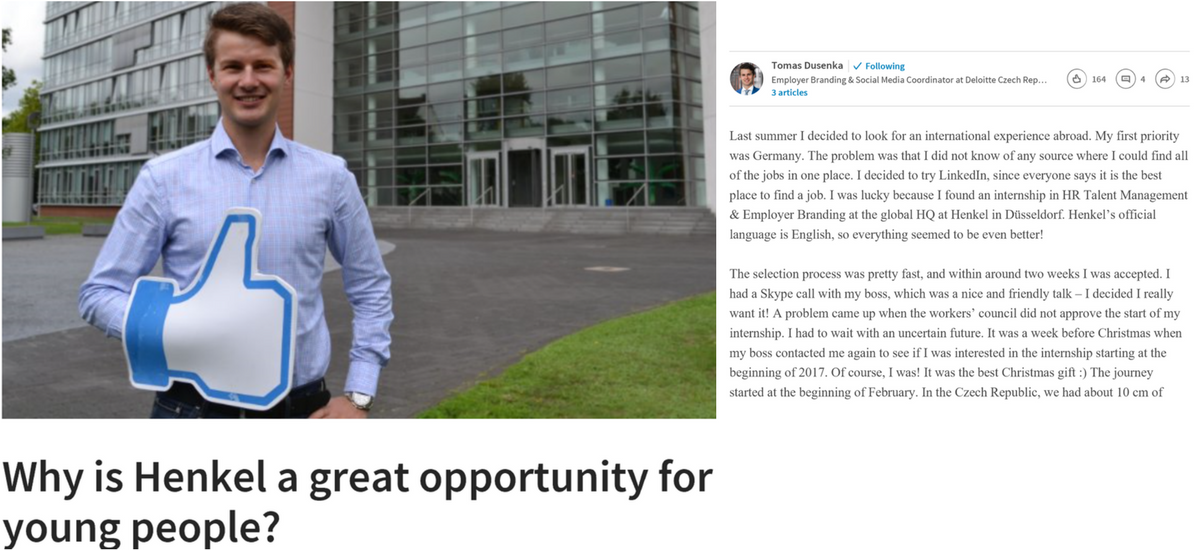
3. Enchant your staff
Delight the staff with a small gesture or help when it is not expected, for example offering them flexible work arrangements or even showing that you listen, and you care:
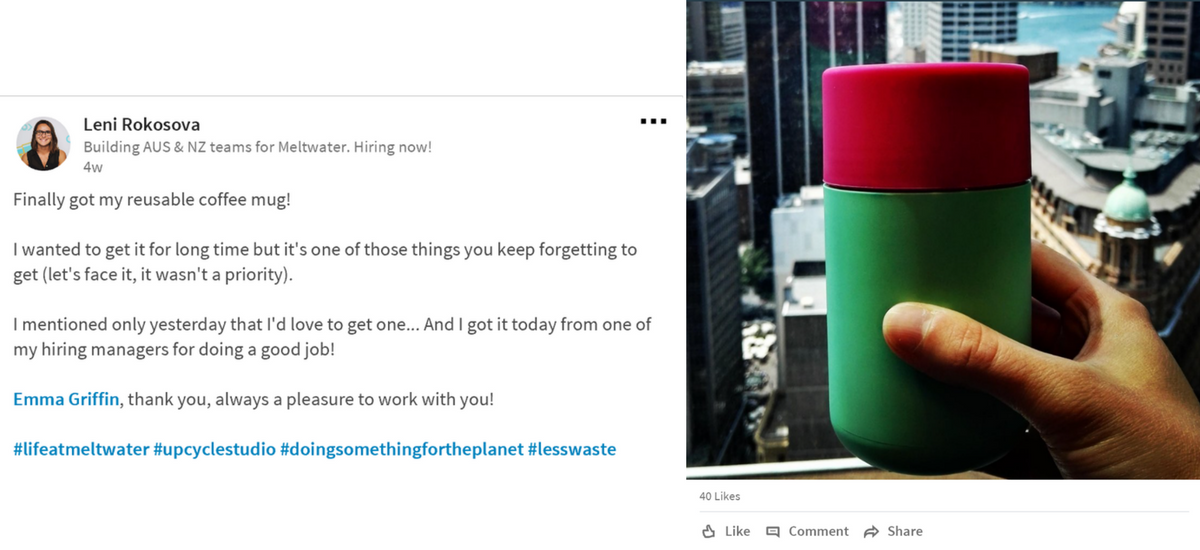 “When you enchant people, your goal is not make money from them or get them to do what you want, but to fill them with delight.”
“When you enchant people, your goal is not make money from them or get them to do what you want, but to fill them with delight.”
“(…) in a world of mass media, social media, and advertising media, it takes more than instant shallow, and temporary relationships to get the job done.”
Guy Kawasaki, Enchantment
4. Communicate your innovative HR policies
Challenge yourself (and your top management) to introduce a HR policy that could be shared as an interesting story.
Impossible? Here is the update from BrewDog:
“Thrilled to find out today that BrewDog have been shortlisted as a finalist in the 2018 Scottish Top Employers for Working Families Awards, in the ‘Best for Innovation’ category, for our Pawternity Leave initiative! (…)”
Seems standard but wait, did they misspell “paternity”? Or…
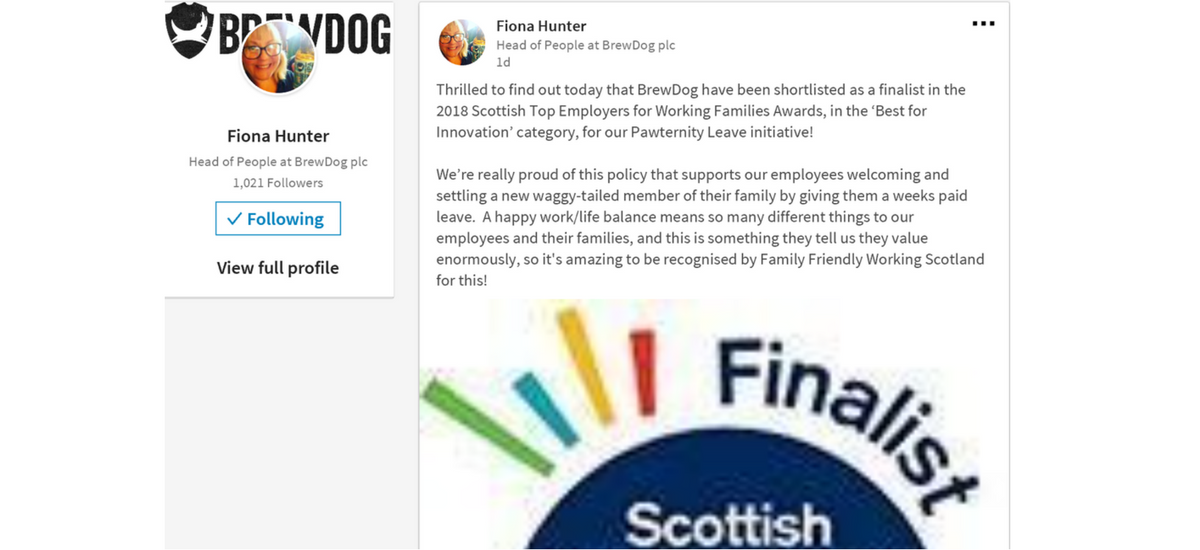
5. Measure success on your LinkedIn company page
Even if your company already has its LinkedIn page, you might strongly consider setting up a new page for your geographical region.
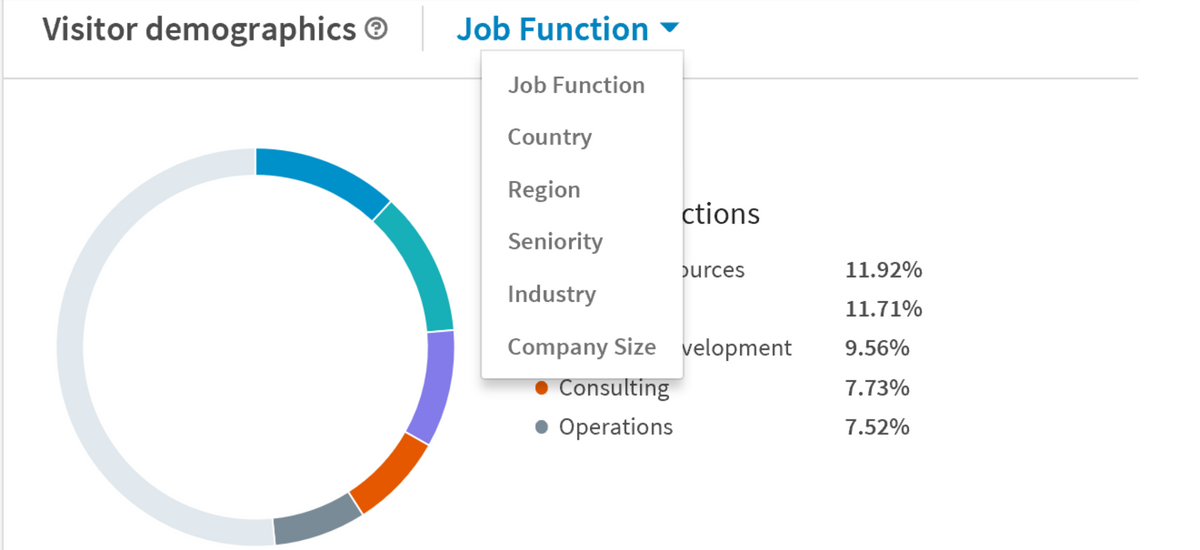
A simple company page is free yet give you some visitor demographics and some invaluable metric tools such as updates engagement and followers acquired in a specific month, week or even day.
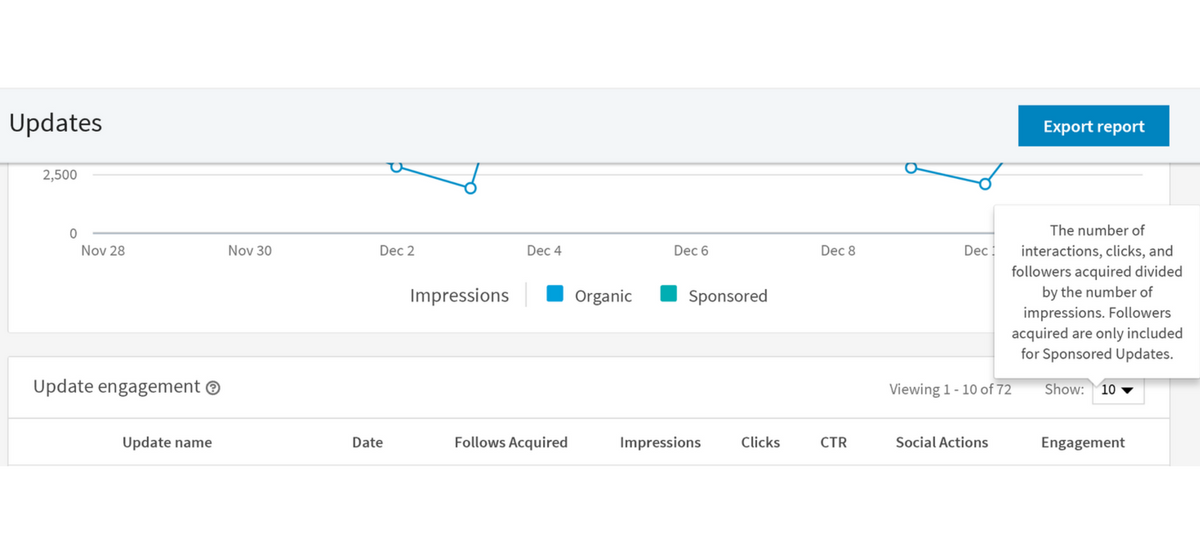 Followers acquired are only included for sponsored updates. You could still measure the success of your organic (not paid) updates, by looking at the followers acquired on a given day if you post no more than one update per day.
Followers acquired are only included for sponsored updates. You could still measure the success of your organic (not paid) updates, by looking at the followers acquired on a given day if you post no more than one update per day.
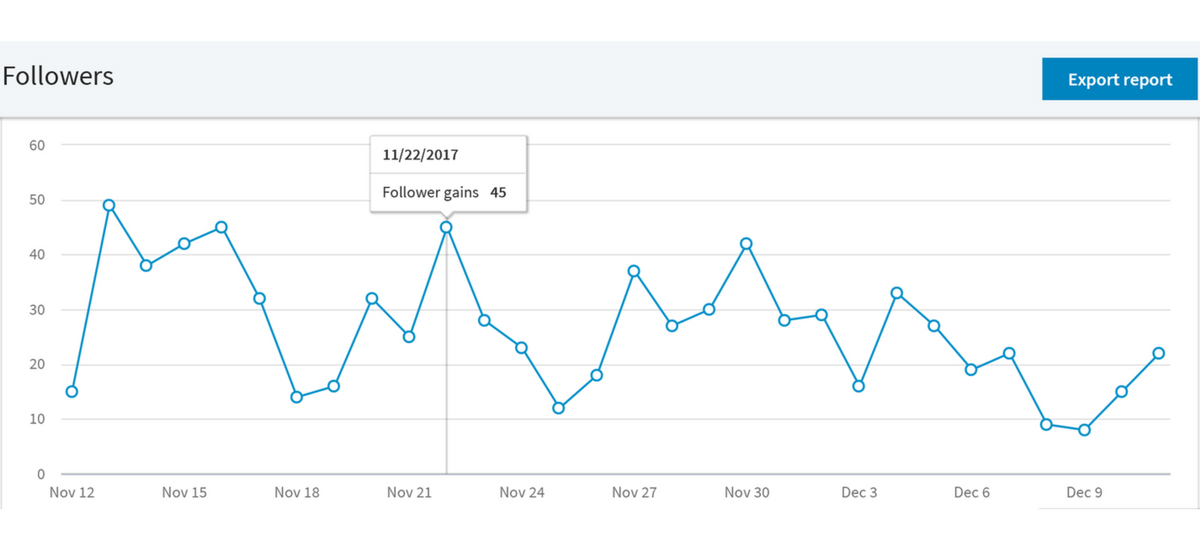
This article was inspired by the companies and experts from Scotland, Germany, Czech Republic, Australia, and China.
What are your favorite company updates or ideas for using LinkedIn as employer branding tool? Reach out on LinkedIn or Facebook; we would love to hear about the examples from other countries.
Beata Dziedzic
Adding Value, Consulting, Digital Marketing, Digital Trends, Human Resources, Leadership, Modern Career
How to control social media with math
Mirco A. Mannucci is a Big Data Analytics Consultant, a CEO @ HoloMathics and a Ph.D. in Mathematics. His interdisciplinary background in the sciences and software engineering mingles with a burning interest in web social communities. Mirco is one of the authors of the research conducted at Chapman University exploring the concept of virality. The researchers were examining socially bonded clusters of people and subgroups on Facebook to identify the way to achieve the maximum reach of people. Today, Mirco and I will be discussing implications of big data for social networks, virality and the new world of super-heroes on social media.
Mirco, as a Big Data geek with a Ph.D. degree in Mathematics, how do you see social media transform in the next 5-10 years from now?
Great question to start off Dagmara! I think we should always begin with a touch of SF, because quite often what some mavericks are dreaming about now, becomes reality later. Social media means media which are social, media that are embedded in the very tissue of the social web. Now, where is the social web and where is it going?
I believe that the plumbing has already been done, we have plenty of large scales social communities. We also have small dedicated communities, we have various types of communication tools, we have, in a word, the proper infrastructure. But something is still lacking, isn’t it?
What is lacking is true SOCIAL INTELLIGENCE. By this I mean: just like there is a logical intelligence, there is a social one. Not many people are social intelligence geniuses, to be sure, and yet without it not much happens in one’s life, because social intelligence drives success.
So, here is my little piece of SF: I dream that very soon there will be another Social Web, let us say Social Web 3.0, which looks and feel like the existing one but with a glaring difference – it is smart. In this social web on steroids, people will get together, form teams, virtual ventures. All of that thanks to some help from the embedded social intelligence. It goes without saying that this would drastically impact social media and social advertisement as well. Highly focused communities would also demand highly focused media….
Will the social media 3.0 allow people with scarce social intelligence to do the work for them? Also, it is interesting that you see the future of social media 3.0 as a collaboration tool. Would not that be just another LinkedIn or Slack on steroids? Just another networking tool?
We definitely need a layer of intelligence on top of the existing social web to form a team of collaborators. I am not suggesting that a machine is better than humans at assessing whether some fellow is the right one to cover some new role in a team, but the machine could act as an advisor. I would not like machines to replace my judgment, but I would like machines to expand my possibilities. Imagine I need someone for my team who is extremely smart, knows how to speak Farsi and Icelandic, has a record of traveling in off-the-road destinations, and has a passion for new projects. What is my chance to find such a fellow now? Very slim, right? So, why not have a little help? There is another dimension involved. This is not a battle humans vs machine. Humans could recommend people too, and perhaps the machine would learn from them…
That is why you decided to build a platform that will enable it?
The platform, that I am building right now, is a “gaming platform”, in a sense. The chief difference is that instead of letting you play in an alternate world, it tries to turn you into a superhero in this one. Most of us live an unnecessarily boring life because we dream and leave our dreams in our closet. Why not add a little spice by being able to post your dreams adventures or join other’s dreams and team up with other superheroes? That is precisely what I want for the Social Web 3.0.

You mentioned that the Social Web 3.0 will impact social advertising. What is the biggest challenge while using social media for advertising and the way to overcome it?
The biggest challenge is that we are completely drowning in information: everywhere we are bombarded with ads, brochures, emails. The only way to mitigate this miserable state of affair is to provide value, highly specific value, to the individuals. If you shoot me an ad, most likely I do not want to hear it, but if you know what I am after and you leverage this knowledge by assisting me in MY objectives things are quite different.
On the other hand, retargeted ads can be pretty helpful. But, let’s drop the topic of ads and let’s get into something more entertaining. You mentioned that our lives are quite boring. What about viral content? It makes our life more exciting, or at least more fun. Getting viral is what everyone secretly dreams about, but they don’t want to admit it at loud. What do you think it takes to achieve viral growth? What could be the key variables that drive viral growth?
The paper which I have coauthored with my fellow researchers at Chapman University partially answers the question: to become viral it means to become like a virus. Viruses go from place to place in the body, being hosted not only by single cells but by entire organs. We essentially found a math model of virality which involves leveraging groups and communities instead of single individuals, to spread information around. To be sure, our research is simply a modest step in the right direction, we need more sophistication to provide a better representation of virality. But using interest groups and active web communities to spread your “virus” is certainly a great way to begin.
If the information is like a virus, looks like we should start spreading info locally, to the people that are close to us in a strictly geographical sense (but they are not our friends like on Facebook), and let them share the info to everyone globally. Do you see a potential in it, in a tool where everyone can share anything they like, but there are no other rules involved?
The beauty of the social web as it already operates now is that the notion of the locality has undergone great changes. When I grew up, several centuries ago, what was the chance of having a talk with you about social life? Close to zero. Now my nephews, who live in Milano, have friends in Spain or … China. Therefore, virality can take different clothes… however, having said that, there are certain types of information which must be spread locally, for the very simple reason that they are intrinsically local: why should I broadcast to the entire world the news that the guy next door offers the best pizza and a jazz concert for an incredible price? A guy in Peru could not care less…as for the second part of your question, I think we should have themes, channels through which information flows. I am not a big fan of Twitter’s model.
Neither am I. It’s way too messy and requires a constant time commitment. Mirco, if you were on a mission to predict the popularity of pieces of information that spread through the social media networks, where would you start?
Going back to the previous answer, I would try to understand which paths this piece of information follows to spread, and what is the relevance for folks and communities which dwell on mileposts along this path. Example: Suppose you try to spread some news about a service. You want to hit ONLY groups and folks for which this service could be intriguing, right? Nobody spreads info if they do not think it is “cool” and valuable…
Sure thing. But what is the probability to detect information big stories before they even happen?
It is extremely difficult to predict the future, especially where the human element is heavily involved. However, IF (big if!) I knew a lot about the folks and groups which receive this information, for instance, their tastes, goals, dislikes, then something can be predicted, especially if I do have a track record of previous scenarios.
Even if we knew the tastes, goals, dislikes, likes, interests of everyone in the earth, there are still many external factors that can mess your equation up. Is there anything certain about social media at all?
True, indeed the variables are almost infinite. But, as I have already said, I do not like Hal 9000 type of AI. I rather prefer Jarvis, the AI advisor of Tony Stark in Iron Man: Jarvis advises me, but I decide. If it makes mistakes, it will learn to adjust.
Using data and identifying new opportunities for unlocking it requires creativity. Could you give us an example of a product or a service that used creativity to bring data to the next level and unlocked its potential?
The obvious thing that comes to mind is Youtube. Not a rocket scientist type of technology, by any means, but one that has changed radically many aspects of our life: we can post anything, opinions, products tests, news, personal journeys. A video which is on your computer is your video, a video that is on Youtube is humanity’s video…a big difference.
There are plenty of tools on the market that helps identify the most influential authors (influencers), but after finding the right ones for your product or niche, the question emerges: How do we minimize the risk of not getting enough brand exposure, engagement or leads from this cooperation? We cannot be sure that our content will resonate well with the audience. What data would you be searching for to maximize the success of the cooperation with an influencer?
With a partner in crime, I have been working hard at a new platform to do exactly what you ask for. To be more precise, and going back to the previous part of this interview, I do not believe that getting the influencers on your side is enough. You need to also catch groups and communities for which what you want to sell is relevant, and communities have a life of their own. So, whereas as you said there are plenty of tools which are aimed at individuals who are “hubs” in the social web, this perspective is a bit too skewed toward single individuals.
You mentioned that community has a life on its own, can you share more details here…?
A community to me is like a collective mind: we are the neurons, but the whole has an intelligence of its own. It is the same everywhere: a single cell is one thing, an organ quite another. This is extremely important to understand if we really want to unravel the mysteries of the social web: if we stick to the view of the cell, we miss the organs…
Any golden tip for social media managers out there on achieving a consistent analytical approach?
Hire people, who understand both analytical tools and what these managers are trying to get.
What is the one social media metric you would die to measure, but no one out there came up with a solution yet?
How much what we offer aligns with what people really want.
I would risk a statement that people often times don’t know what they want…they search for one thing, but end up using or doing something completely different. People are irrational, don’t you agree?
You are right, but my measure is not what they want now, rather: after you show it to them, they like it or not? People are very bad at figuring out what they want before they see it but quite good at deciding what they like after they have played with it.
Information overload is killing our productivity. You have plenty of projects on your plate and you are surely a busy man. How do you achieve a better quality of information and remove the noise?
I will be honest with you: I was never good at that, I am someone who begins 1000 things and completes 2-3. But recently things have changed for me, simply because I realized (finally!) the truth: I do not have much time, nobody has, we barely have the time to do what we need and truly wish to do, and send everything else to hell.
…so, prioritizing.
Do not let information drive you, any information, drive your life and use the right info to go where you want to go.
How do you see the role of AI in data mining?
Well, the fact is, little by little we will let machines do the dirty job. Data sets are huge and complicated, so this is bound to happen (in fact, it is already happening). But I do not see the role of humans as something that is going to die anytime soon: humans are still needed to create new ways to model data, to make sense of what machines will find. Let us say that I am here an optimist: instead of substituting humans, I like to think of future AI as expanding our cognitive powers. But maybe I am a tad too optimistic. Time will tell.
They say that failures make us stronger. Could you share with us one of your failures and what did you learn from it?
There was a project I started in 2009 called MergingPot, the ancestor of this new thing. I spent a considerable amount of time building it, putting it on FB as an app, but eventually it died. Why? Truth is, I had no clue how to run a start-up, how to prioritize, how to engage people, and also my timing was not right. In fact, everything was wrong EXCEPT the core idea, which was way ahead of time. Now, if I was a complete fool, I would give up. Far from it…I always loved the hero who has been beaten up to a pulp and yet makes a last comeback 🙂
Do you want more blood? I could go on forever. What is more interesting is WHY I failed. Chiefly by lack of consistency: when you start something, you MUST complete it, no matter what.
Ouch! You even don’t know how much I agree with you on that one…thanks for sharing!
And of course, thank you a ton for the interview, Mirco!
Thank you Dagmara! I had a lot of fun.
Coaching, Consulting, Digital Marketing, Digital Trends, Leadership, Modern Career
Social media tips from an expert. Tony Vincente.
Tony Vincente is a social media manager @ Microsoft, but also he is an online personality known as the Fashionable Foodie and a Fashion Designer @ Vida & Co. Tony is here to share a few secrets of the ever-changing social media space. Shall we start?
Tony, I am sure you know that one of the biggest struggles of every social media manager is to prove their impact on the company’s ROI. Can you give us an example of a campaign that is beautifully linked to return on investment?
A great example of showing the ROI of a social media campaign comes from one of Microsoft’s partners Cisco who saved $100K. While most companies spend big bucks for product launches on things like flying execs from all over the world they did the entire thing online. Here is the link to the case study. I encourage all in the social media industry to check it out!
Thanks for the link Tony. Also, can you share a proven method of retaining follower base and the way of measuring the retention rate?
Your followers will always ebb and flow. The trick to retaining them is to ask them what THEY find most interesting on your social channels. You can get immediate answers by conducting bi-weekly polls. This will provide the guidance you need to create the right content followers will keep coming back for! The way I measure retention is through weekly reporting. A part of these reports shows how many followers we gain/loss on each channel. To get this data you can use social media tools such as Sprinklr or the analytics each platform has to offer.
What is the biggest challenge in a social media manager’s job and the way to overcome it?
The biggest challenge I face is keeping up with the number of new social platforms introduced every day! Actually, tech advancements are exciting; the challenge is determining which are necessary to your organization’s success. The way to overcome this challenge is to really know what your audience demographics look like and to start off with the main social platforms you know have the most users like Facebook, LinkedIn and Twitter. Utilize the analytics each of these platforms offers to build audience profiles and based on what you find expand your platforms accordingly.
They say that failures make us stronger. Can you give us an example of one of your failures, experienced during your career in social media. What did you learn from it?
Sorry, I have no examples, I’m the bomb! Just joking, of course, we all fail at some point it’s coming up with quick solutions that make us truly successful. Early in my career, I actually had a hard time learning about the voice of the company. I was a budding social media personality in my own right and thought that my voice was universal… Not the case! My failure was that I didn’t learn enough about how the company spoke to its audience members before taking the job. I mastered it thanks to a supportive management team and a determination to get it right. Thankfully, I became great at speaking for a number of Fortune 500 companies including the one I work for now Microsoft!
My takeaway for social media managers (and community managers) would be to visit the social platforms of the companies they want to work for and get to know how they speak and what message they are looking to get across. Being the “voice” of an organization is a huge responsibility, what you say can affect how people view your company for better or worse.
How do you define the success of a non-quantitative social media activity?
It’s all about audience reaction. Knowing what I post brings joy to the audience for me is a true success even if it cannot be quantified by measurable standards. I like to create fun graphics and make jokes with audience members though these actions don’t produce sales or even tons of likes/shares. It’s the comments back of “you made my day” or “thank you” that makes what I do extra special.
Any golden tip on achieving a consistent analytical approach?
A consistent analytical approach always begins with a question. Was our promotion successful? Did today’s post resonate with the audience? Therefore, my golden tip is to be ok asking “why”. You have to be open to asking and thinking about how things occur. It’s the basis behind all analytics. So don’t be afraid to ask questions, they spark a deeper conversation that eventually leads to answers.
What is the one social media metric you would die to measure, but no one out there came up with a solution yet?
I really do not have an answer for this one. Almost everything can be measured on social these days. Once you master the tools available and really understand the importance of data analytics you can find any answer you’re looking for.
Are you using any social media management tools you cannot live without?
Oh yeah! Sprinklr is essential for what I do. I can set up listening queues, reports and of course engage with audiences on this tool. It’s easy to use and new features (like little bird-which can be used for influencer identification) are constantly added. If you aren’t using it I suggest you give it a try.
Can you share with us your process of coming up with a social media strategy? What is the most difficult phase of a strategy?
There are a number of steps to building a solid social media strategy my top three tips:
- Create obtainable goals: Outline what you looking to do. Are looking to increase traffic, mentions, etc. A strong social media plan starts with know what the goals are and once established the fun part of how they can be achieved begins!
- Find out who you want to be your audience: Your message needs to resonate with audiences for it to be successful. Identify where your industries audience behaviors, demographics, and interests lie. It is a lot of research but obviously worth it! Quick tip: You can find some of these answers by looking at social platforms in your industry and seeing who follows them and what content types they interact with the most.
- Identify what channels will work best: There are a number of social platforms to choose from but what they offer may not fit with you organizations goals of reaching out to identified audiences. Learn which platforms are essential for business and will have the demographic you are looking to capitalize on.
Step 3 is the most difficult phase of a strategy because each platforms functionalities change often so my suggestion is to be open and fluid to change. Do not be afraid to add other platforms as long as you have the bandwidth in place to support them properly.
Your biggest social media inspiration and social media guru everyone should learn from is…
I actually have two. CEO of Thrive Arianna Huffington (ariannahuff) and growing social star and host of the MPN Podcast Rachel Braunstein (@rkbraunstein). Both of these powerful women share great tips you need to know to propel your career and enrich your daily life. I love learning and both Arianna and Rachel provide guidance that is relatable to everyone. If you aren’t following them I strongly encourage that you do!
Thanks for that one. I read the book of Arianna Huffington, but I definitely need to check out the podcasts of Rachel Braunstein. Let’s talk about social media QA. Testing and innovation are an important part of every social manager’s job. Can you share your hit and miss of 2017?
My HIT of 2017 is Brand24 a FREE platform (with a paid component depending on your needs) allows you to perform deep analysis on a number of social media functions. I utilize it for event hashtag tracking. It is a must try. My MISS of 2017 would be underestimating the power of custom graphics. We are a visual society and people really respond to colorful and slightly graphics on social. Custom graphics are the main part of my social planning and essential to the continuous growth of the platforms I am responsible for.
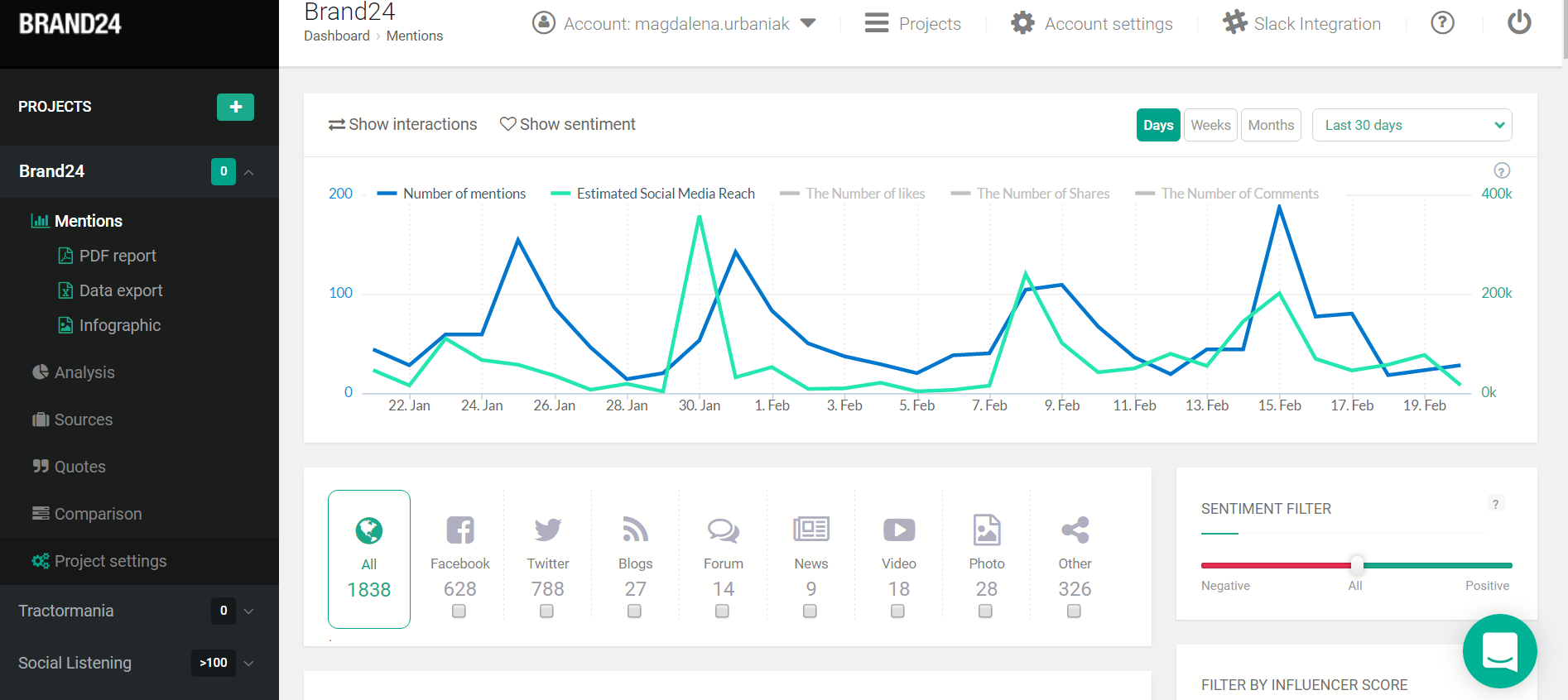
What is the newest social media trend you would love to explore more?
Live video is taking off. All of the top social media platforms are providing avenues for users to live stream more than ever. It’s immediate and in many ways a more impactful way to get messages across. I have LOTS of video coming up soon for both Microsoft and for my personal brand so stay tuned!
What is your process and mentality around taking ideas, prioritizing & testing them efficiently, validating, and then feeding the learning back into the process?
I am an A/B tester. Everything that comes my way I want to know how it works, will it work and how it will be implemented. I am open to ideas but before they are presented to the field I want to make sure it’s something that they want and will enjoy. Do not be afraid to do beta testing with select audiences. The information collection is invaluable for success.
One DO and one DON’T for creating a meaningful growth in social media would be….?
Do: Like as many people on social platforms as you can.
Don’t: Over follow! Follow people you know will follow you back and help you promote your posts. As your social media platforms grow then you can start following verified accounts that may follow back in turn.
And the last but not least: what would be your 2017 social media tip?
My 2017 social media tip: Identify your TOP INFLUENCERS and utilize them to the fullest. Influencers are essential messengers you need to get your words in front of audiences you may not have direct access to. Engage with them as much as you can (once they are identified) and do not hesitate to reach out to them when you need specific posts amplified.
Thank you for the interview!
Coaching, Consulting, Digital Marketing, Digital Trends, Leadership, Modern Career
Social media tips from an expert, Victoria Nikolaeva
Victoria Nikolaeva is a Social Media Strategist at New York Institute of Technology. Today we will be talking what excites us the most in social media: strategy, metrics and ROI. Without further ado, let’s dive into her social media world and see where she is going to take us.
Numbers tend to be a true Achilles heel for plenty of fellow social media managers, but you definitely don’t shy from numbers as a research assistant, helping out in data gathering and analysis. Can you give us an example of a campaign that was beautifully linked to ROI?
A lot of the time, I try to look for inexpensive ways to gather data. In my experience, few companies want to allocate a higher budget to social media, or media in general. So through freely available tools such as built-in media platform post/campaign monitoring tools, or even better: using Google Analytics really helps a lot. There are freely available courses on how to use such tools that I recommend everyone take advantage of. The only shortcoming of Google Analytics is its inability to monitor social media, however, I found that most platforms have their own tools available.
At the moment the best example of ROI in my experience was when I first started experimenting with social media and analytics. I ran my own advertisement on Twitter, and quickly learned all of my mistakes in the ad campaign through the Twitter analysis interface. I remember making the silly mistake of including too many, hardly relevant, keywords in the campaign thinking that as long as it reaches more people, it would be better. That was a wrong approach. After adjusting my keywords, I had gained a lot more followers and traffic to my main website at the time. Ever since then, I’ve been using the tools to find the best posting times for my particular audiences, as well as see what posts interest them the most and look for ways to make them more frequent.
Can you share a proven method of retaining follower base and the way of measuring the retention rate?
In my experience, the best way of getting a steady follower base is by finding a niche topic that you like to post about and stick to it. I have found too many blogs try and post a variety of content targeted at a varied audience. However, that tends to confuse the brand identity more so than gain more followers. For example, an account that posts only flowers will be more successful than an account that posts about flowers, cooking, and cars. People look for specialization. And of course, being engaging with the audience, and posting frequently enough and on a set day of the week/month is important.
The best way to measure retention rate would be through Google Analytics or that particular platforms available tools. I like to look at the numbers for returning users to see if I have decent retention rates. However, when using Google Analytics for this, remember to exempt the IP address from your work and home to not confuse results!
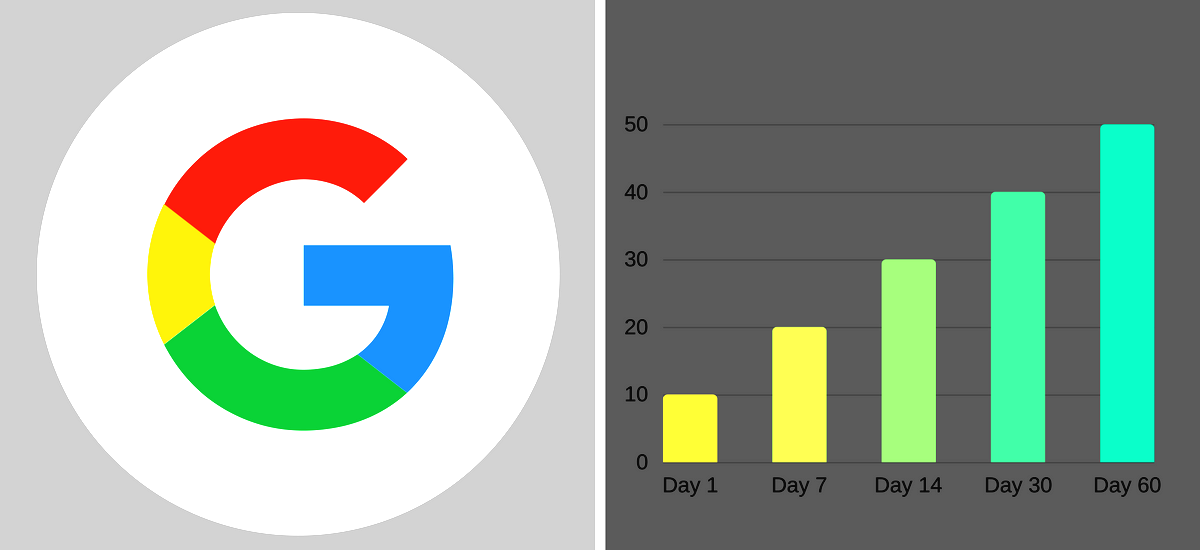
What is the biggest challenge in a social media manager’s job and the way to overcome it?
Being on time with posts. It is important to post content at the same time/day so that followers get used to when new content comes up! However, life happens and sometimes we can forget to run a post for the day. I believe it is important to have at least 2 people on social media for that reason. Someone who can pick up the slack on occasion, and generate content when you simply cannot. At my job, I was lucky to have very helpful coworkers who sent me content whenever I was sick so that I could prepare posts from home.
They say that failures make us stronger. Can you give us an example of one of your failures, experienced during your career in social media. What did you learn from it?
Coaching, Consulting, Digital Marketing, Digital Trends, Leadership, Modern Career
Social media marketing tips from an expert – Lindsay Scarpello
Lindsay Scarpello is currently working as a Social Media Manager at Omaha Steaks and today we will be asking her about the strategic approach to social media, social media ROI, most important metrics, trends, and inspirations.
Social media is a rough business. What is the biggest challenge in a social media manager’s job and the way to overcome it?
I think the biggest challenge is staying abreast of all of the new trends and how customers are engaging with content. Snapchat (and now, Instagram Stories) is the perfect example of something that came in, disrupted the way we thought people wanted to consume content, and is now a dominant medium on social.
Can you share a proven method of retaining follower base and the way of measuring the retention rate?
Good content. That’s it, really. That’s the secret. Create and share good content.

They say that failures make us stronger. Can you give us an example of one of your failures, experienced during your career in social media. What did you learn from it?
Good question. I think my best example of failure in my role has been when I ran social for a (now out of business) futures trading company. That company experienced a huge public mistake that drove away customers, which eventually led the company’s demise and their being bought and absolved by another company.
Before that, though, during the mistake period, my bosses told me not to respond to angry customers on social media. I knew in my gut that this was the exact opposite of a solid PR crisis strategy, but I didn’t press the issue or try to convince my bosses otherwise. Anyway, my position (and many others) was eventually eliminated due to the company going under, but I still wonder if I had countered my bosses’ ideas with a solid social strategy, where I’d be today. I’m ultimately happy because I moved on and have had a good career, but it’s still interesting to think about.
How do you define the success of a non-quantitative social media activity?
I’m not sure there isn’t a non-quantitative way to define the success of a social activity. Vanity metrics like impressions or reach aren’t much when it comes to proving sales value, but they’re often correlated and can give a great general idea of success. I guess I would say I judge the success by the responses I receive from our followers. Example: if I’m getting a lot of great community engagement on Twitter, that’s not something I can quantify, but that word-of-mouth is incredibly valuable.
Any golden tip on achieving a consistent analytical approach?
Figure out how to report sales or conversions (as you define them) and you’ve proven everything you need to. For us, we report on sales, but we also report on CTR, because we consider that a conversion for social. If we’re getting them to click through to the content or the offer, we’ve done our job. If they’re not following through to purchase, then there’s something else wrong with the sale or the UX of the page, or something. And that’s a valuable thing to know for other areas of the company.
Coaching, Consulting, Digital Marketing, Digital Trends, Leadership
Social media marketing tips from an expert – Frederic Mailloux
Frederic Mailloux is a Senior Social Media Consultant and a former Social Media Director at TC Media. He is here to share few secrets of the ever-changing social media space. Let’s get it started then!
Frederic, let’s go straight to the point – social media return on investment. Can you give us an example of a social media campaign that is beautifully linked to ROI and how to get it started?
When I arrived at TC Media (we had 125 papers running all across Eastern Canada), around 30% of our website’s traffic was coming from social media, which was clearly not enough. We get our digital revenues per page views, and social media was underutilized. So the first thing we did (the data team and myself) was to look at the numbers, both on GA and Social analytics. With that in hand, we then analyzed the content that was published and how much it was performing. From that, it was just a matter of finding the voice and tone of the brand(s), and how every journalist should be using social from then on. I’ve come up with a deck and presentation on how social affects your PV numbers, and how using social in a better manner would mean more eyeballs on stories the journalists were working hard for. After one year, social traffic had almost doubled, representing around 55% of page views source. All because we organized how employees should use social media and gave them very few specifics guidelines so that their job would be easier.
All that made it easy for the social team to calculate how much revenue we could expect from a single follower in a given timeframe. This number helped tremendously to target our acquisition cost (yes, we did some paid acquisition campaigns in markets we reached less of the population than we were happy with) and forecast how much time it would take to make ROI on these as well.
Can you share a proven method of retaining follower base and the way of measuring the retention rate?
Let’s be honest: you will lose followers along the way. Maybe because they are not as attracted to your brand anymore, maybe they’ve had a bad customer experience, maybe the content you publish is not relevant to them…It happens. And brands shouldn’t be concerned as long as they GAIN more followers than they lose.
So the best method to retain – and gain – followers: get to know them. Find out who they are what they like, why they are attracted to your brand on social media, what type of content makes them engage with your brand. You might find some insight on your social audience that rubs you the wrong way (why don’t they like my super duper promotional posts!) but you’ll get a better grasp of what to do with your social channels. Most social media analytics or social media tools have the information needed for measuring retention rate. Explore the native analytics, get familiar with it: there’s a wealth of insight there.
What are the biggest challenges in a social media manager’s job and the way to overcome them?
One of the biggest challenges is how brands and companies view and utilize social media, and what they expect it to be for their bottom line. Social Media Marketing is SOCIAL first, media second and marketing third. Social is not just another marketing channel. It’s the only way people can interact directly, in real time, with their favorite brands. As a social media manager, you got to think about the relationship between the brand and the audience. You’ve got put the audience in the middle of all your initiatives. You must be able to answer “What’s in it for them?” to every piece of content you publish, every campaign you put out there. In a nutshell: SELLING SELLING SELLING = bad. Engaging, conversing, creating a relationship = good.
There is another hurdle: getting people to understand that in social media, they are not going against their “real world” competitor. Brands on social media are challenged by each and every bit of content that people put out: hockey scores, Minion quotes, vacation pictures, Memes, cat videos…
They say that failures make us stronger. Can you give us an example of one of your failures, experienced during your career in social media? What did you learn from it?
Coaching, Consulting, Digital Marketing, Digital Trends, Leadership
Social media marketing tips from an expert – Kelly Farrell
Kelly Farrell has almost a decade of professional experience in social media, educating companies to see the value in social media programs and understand the conversations surrounding their brand. She is here today to share her strategic approach to social media.
Kelly, you worked as a team leader with a global team to create and deliver strategic webinars and workshops. I believe that in this fast-changing and competitive market you learned a lot about a result-oriented approach. Can you give us an example of campaign/social media activity that was beautifully linked to ROI?
Great starter question! One of my personal faves would have to be when The Daily Show did hidden videos when Jon Stewart announced his departure last year. Comedy Central created this campaign to create buzz for the new host, Trevor Noah, by utilizing Google ads and YouTube videos. What followed was a reported 38 million impressions, almost 3 million views, and even a Webby Award for Best Use of Data Driven Media. It was so fun to follow on social and uncover all the Easter eggs along the way – fantastic way to keep fans engaged and intrigued by the new host, loved it!
Can you share a proven method of retaining follower base and the way of measuring the retention rate?
That’s tough to narrow down to just one method to be honest! But if you’re particularly focused on seeing results and measuring retention, I would suggest outright asking your audience what they like. It seems so obvious, but a lot of companies want to avoid looking naïve on social, when actually, the audience will appreciate the chance to participate in the content they see and feel more connected to the brand. And most social networks make it easy to incorporate now too with the addition of polls. Asking their opinion ensures your content will hit the mark, and you can measure the results instantly through the poll answers, or in the native analytics of the network. When you start to see an increase in followers, you know you’re making an impact. If you start to see a drop off, take a deeper look at what content was posted when you see the biggest decline so you can revise your content strategy.
What is the biggest challenge in a social media manager’s job and the way to overcome it?
I would probably say resources. Depending on the role and the company, many social media managers find themselves overwhelmed if they have to take on the role of leader and executor. This is where managing your resources really comes in handy, and I would advise anyone in this position to consider the following:
- What is the current state of your social media presence? Are you stretching yourself too thin right now, focusing on a lot of social networks rather than honing in on a few key ones to do really well?
- Get organized! Nowadays there are so many ways to make your time more efficient by utilizing templates for editorial or content calendars, software to auto schedule and manage feeds, etc. It takes time to build out a process that works for you initially, but you’ll cut your time sourcing and managing content in half.
- If you’re set on getting more resources, whether its budget or people, everything you do needs to be visible and tie back to ROI. For example, if you get advertising spend, be sure to report back on how many more impressions and clicks you got as a result.
They say that failures make us stronger. Would you be so kind and give us an example of one of your failures, experienced during your career in social media. What did you learn from it?
I can recall a campaign I did back in the day when I was marketing in the music industry. One of the bands I supported was going to go on tour to support the 10 year anniversary of their most beloved album. During this tour they would play that album in its entirety live. So when it came time to put together a plan for online advertising, we made the mistake of only targeting older fans who supported the album when it was first released, trying to re-engage them and their love for the band. But when we looked at ticket sales, we saw that majority of those purchased were in fact from the newer and younger fans! It turns out they were more excited for that tour because they had missed out originally and were die-hards for the classic album. Though the tour was still successful, we couldn’t help but wonder how many fans we alienated by not broadening our reach in online advertising. All that to say, my key takeaway was to really understand the data and who your audience is on social – don’t just go by who you think the audience is. Experiment with A/B testing and pay attention to who’s clicking!
How do you define the success of a non-quantitative social media activity?
For me, this is where storytelling really comes in because qualitative metrics are all about shifting sentiment. While quantitative metrics are great, at times they lack the context needed to truly evaluate the success of your efforts. For example, if you’re just focused on the number of comments you receive on a post, you could deem it successful due to high volume. But without the sentiment, you’re overlooking if those comments were primarily positive or negative, which puts a completely different lens on it.
Any golden tip on achieving a consistent analytical approach?
I would say that no matter where you are getting your analytics from, the most important thing is to be consistent in the beginning so you can actually benchmark your success. Set targets for a quarter for example, and keep the same ones for each campaign you develop. Then once you achieve those targets, revisit your goals and define new analytical targets. Too often businesses create the content and report back on what metrics they achieved, but if you ask me, that’s putting the cart before the horse. You need to know what you want to achieve before you can establish how to get there.
What is the one social media metric you would die to measure, but no one out there came up with a solution yet?
That’s a tough one! I think the biggest challenge for any social platform currently is accuracy with the qualitative metrics, such as sentiment. They’ve come a long way, but it’s so difficult for systems to pick up on context, even outside of social media. But because it’s considered a metric in social media, there’s much more demand for systems to evolve and understand context in this field.
Are you using any social media management tools you cannot live without?
Oh gosh, the industry has come such a long way in the past 5 or 6 years and developers are really stepping up their games… competition is intense now! I think rather than name any ones in particular, I will focus on features and say that personally, my “tool” is my phone. These days it’s all about making content that is mobile-friendly, accessible on-the-go, and secure. I’m big on experimenting with apps on my devices, whether it’s for publishing, following news, or analytics, I LOVE trying out new ones that have a nice, clean interface with intuitive features.
Can you share with us your process of coming up with a social media strategy? What is the most difficult phase of a strategy?
Coaching, Consulting, Digital Marketing, Digital Trends, Leadership, Modern Career
Social media marketing tips from an expert – Fletcher Helle
Fletcher Helle is a Social Media Specialist with over 5 years of experience. He dipped his toes in Community Management, Customer Service, Social Media Policy Creation, Video Production, Facebook and YouTube Analytics, and Process Improvement. He is here to share few secrets of the ever-changing social media marketing space. Without further ado, let’s dive into his world and see where he is going to take us.
Fletcher, you worked closely with the marketing teams to create brand approved content to drive sales and increase conversions. Sales and conversions are all about hard numbers and the numbers are often times a true Achilles heel for social media managers. Can you inspire them by giving an example of a campaign that was linked to ROI (Return on Investment) and did well?
The gap between a social media strategy and strong ROI isn’t as wide as it once was. The rise of high-quality tracking tools means I can follow someone from social channel to eCommerce solution to confirmed order. I’ve run a ton of ads that I reported with basically that same formula. We spent X, which generated Y traffic, and the average conversion rate was Z, but I don’t think that’s the most beautifully linked campaign I’ve run. I recently finished up a longer-term cosmetics campaign using really focused Facebook targeting on building an email list. The success of the resulting list has been staggering, we’re talking twice as many conversions as any list they ever bought. The way I see it all the revenue that email list is generating is the result of social media.
Can you share a proven method of retaining follower base and the way of measuring the retention rate?
You want the recipe for the secret sauce?! The best I can do is some of the ingredients. On all my communities I closely monitor attrition, how many people are unliking/unfollowing every day. I like to establish a baseline using historical data, and measure my success off that. If my attrition goes up, I know I’m not communicating well with the audience (unless the brand wants a big shake up in voice, you can expect attrition to go up then). It’s all about offering value to your fans. Their timeline/feed is a personal space for them, you don’t go to someone’s house and talk only about yourself. That’s a great way not to be invited back. Engage and offer value and you’ll get invited back all the time.
What is the biggest challenge in a social media manager’s job and the way to overcome it?
“We want you to make a viral video.” I get that, or a variation of it, quite a bit. All brands really want to be the next thing people are talking about but very few of them are willing to take the risks required to make it happen. I use the squatty potty video to help stakeholders understand. That video went viral because it’s a unicorn pooping ice cream. No one expects that. People know how seriously brands take themselves if you want something to go viral you can improve your chances by loosening the reigns a bit and getting weird.
They say that failures make us stronger. Could you give us an example of one of your failures, experienced during your career in social media? What did you learn from it?
I had just started managing social media for a major snack brand and the results were pretty great. Engagement had tripled, reach was through the roof, sentiment was overwhelmingly positive, and I think I got into this mindset where I thought I was invincible so I said, “Hey, everything is going so great we should take this to Reddit!” Which is the social media equivalent of starting a land war with Russia in the middle of winter. I pitched engaging with the international snack exchange subreddit, a place where people can post regional snacks and trade them with other people for snacks around the world. I think two people signed up and the whole thing just cratered. I learned that if you’re taking something to Reddit you need to be really buttoned up and offering a significant incentive. “We’re making our product available for exchange.” Isn’t going to cut it.
How do you define the success of a non-quantitative social media activity?
By how good the story is. I know that’s a pretty wishy-washy thing to say but I don’t think there’s anything quite like a good story. Early on with my aforementioned snack food client I had an amazing community interaction with a video game streamer. A guy with over 200,000 followers. It ended with him changing his profile picture to an image of our product. The next time I was in the office the screenshot of that profile was hanging on the Senior Manager’s wall. Pretty good story.
Any golden tip on achieving a consistent analytical approach? Read More
Coaching, Consulting, Digital Marketing, Digital Trends, Leadership
Social media marketing tips from the experts
About John:
John Lovett is a Senior Partner at Analytics Demystified, a Mentor & Co-Founder @Analysis Exchange and an author of the book “Social Media Metrics Secrets: Do What You Never Thought Possible with Social Media Metrics”. He spent the past decade helping businesses analyze and measure their digital marketing activities, but more importantly, his passion for analytics pioneered the development of the social media measurement. Today John will be discussing virality and analytics behind social media – fasten your seatbelts.
John: Hi Dagmara, thanks for inviting me to participate in your applied social series. I’m honored to be among such esteemed company!
John, I am so thankful for your book about social media metrics and that you promote more strategic approach among social media professionals. At the end of the day, our supervisors ask us about the hard numbers. How can we achieve a consistent analytical approach in the “era of too many social media channels, metrics, and data overload”?
This is a great kick-off question because it happens at almost every organization starting out with social media measurement. What are the numbers? As an analyst or anyone practicing social media, your first inclination might be to spout off total followers, number of outbound posts, number of reactions, and more as fast as possible to provide a direct answer to the question asked. Yet, counting metrics like these rarely satisfy business questions. You must get to the Business Value Metrics and Outcome Metrics which is accomplished through strategic planning. This challenging task is achieved by developing a framework for social media that transcends channels and tactics and maps back to corporate goals. With a strategic framework in place, you can build campaigns and plan tactics designed to achieve your stated goals. Then, when your supervisor asks about the numbers, you can consistently report on progress against stated goals, which specific activities either contributed or failed, and what’s coming next to accomplish your goals. By architecting a strategy you can communicate metrics that matter, while also setting goals, managing expectations and reporting across all your social platforms.
Defining Business Value Metrics is extremely important while coming up with the social media strategy. Could you give us an example of aligning social activity to business goals?
When it comes to aligning your social strategy to activities, I always encourage clients to start with the corporate goal in mind. An example might be a CPG company looking to build awareness of its new consumer product. The corporate goals are expansion and adoption of this new product line. Thus, your social media activity might include creative design to drive new prospects to your social platforms to generate awareness, with a primary goal of finding advocates to promote the new product line. Let’s say in this hypothetical example, that you’re offering a coupon download to try a sample of the product. Business value metrics that you could use to showcase progress against the goals of awareness and adoption include cost per new fan acquired, total cost of campaign, number of coupons downloaded, coupon redemption rate, number of advocate Tweets per coupon, etc. The possibilities are endless if you take a strategic approach and align your tactics with overarching corporate goals. But more importantly, the impact of this approach when communicating Outcome and Business Value metrics to colleagues almost certainly has a greater appeal to your internal business audience.
Coming back to creativity. Using data and identifying new opportunities require creativity. Could you give us an example of a product or a service that used creativity to bring data to the next level and unlocked its potential?
I’m continually amazed at creativity in social media. Whether it’s reactionary like Wendy’s response to the tweet, “Yo @Wendy’s how many retweets for a year of free chicken nuggets?”. Or strategically planned like Lego’s LEGO Life app. Companies are continually pushing the limits of creativity in social media by allowing consumers to push their own limits and take ownership of their own ideas. When a kid can create their own LEGO mini figure and chat to their peers in a safe and safeguarded emoji language…now that’s creative!
Can you share the best way of retaining follower base and the way of measuring the retention rate?
When it comes to retaining followers, the best way that I’ve seen is to consistently generate content. And I’m not talking about pre-canned Tweets or recurring Facebook posts touting products here. What keeps people coming back is interesting, thought provoking content that is altruistic in nature. Consumers are smart these days and if you’re disingenuous in your social marketing efforts, they’ll tear you to shreds and then they’ll leave you. On the flip-side being real and authentic while also creating interesting content will keep your audience coming back. Retention can be measured in a number of different ways, but for social platforms, I like to look at the number of followers at the end of each month; subtract the number of new followers; then divide by the number of followers at the beginning of the month. [(followers month end – new followers)/followers month start*100]. This will give you a monthly retention rate. For apps, I tend to look at Monthly Active Users. Calculating this is a bit more complex, but essentially you’re tracking events per user and attributing active status to any user that participates in a certain number of events that meet your threshold. Using this method, you can quantify how many people within your install base actually uses your app in a given month.
Let’s dive into the topic that everyone secretly dreams about, but does not want to admit it. Virality. What an elusive goal! John, any idea what could be the key variables that drive viral growth? Or should we just…spray and pray?

